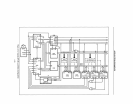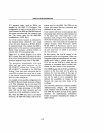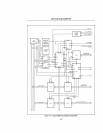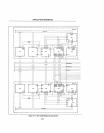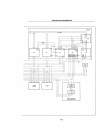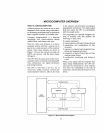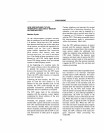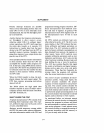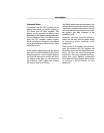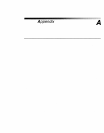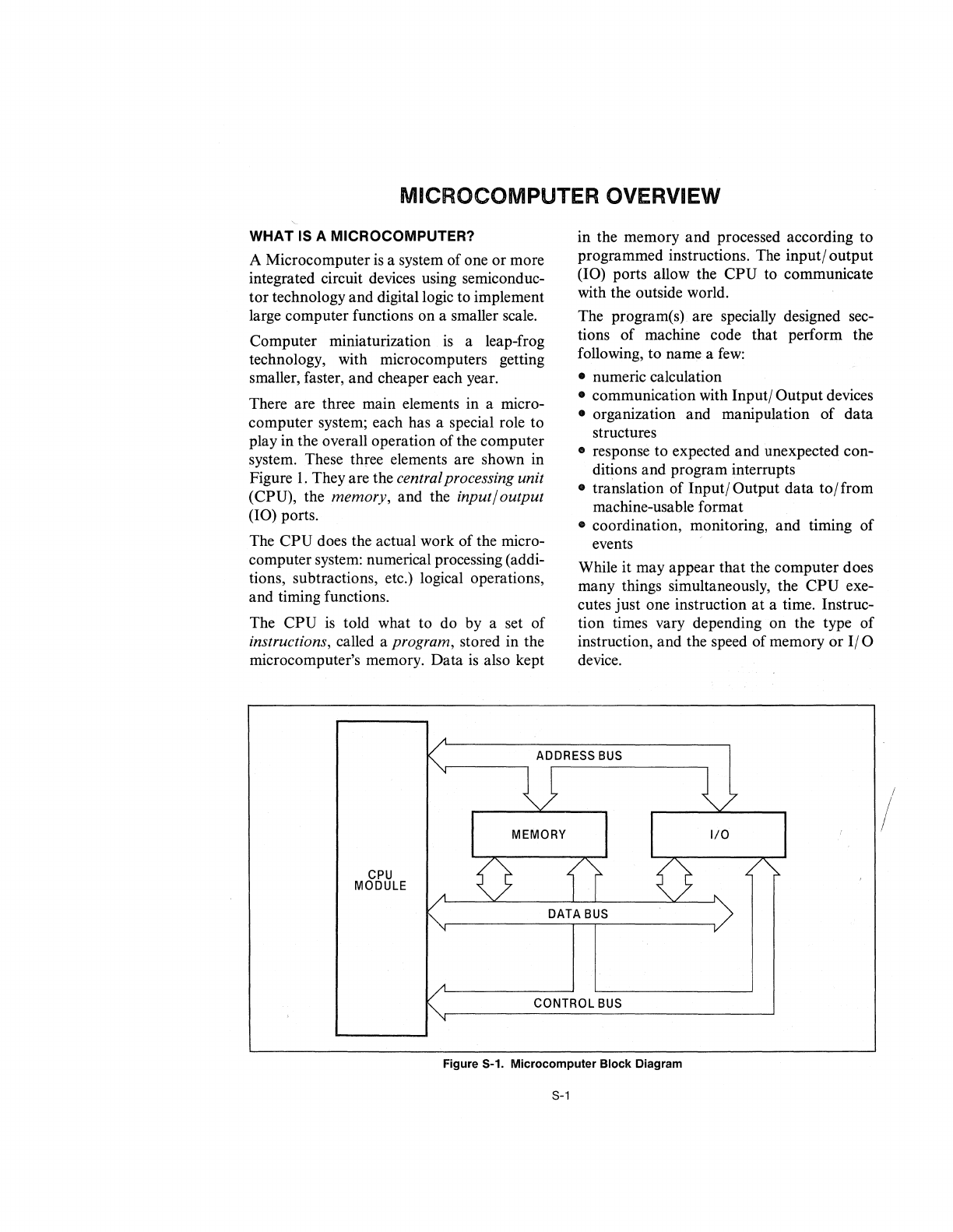
MICROCOMPUTER OVERVIEW
WHAT IS A MICROCOMPUTER?
A Microcomputer
is
a system of one or more
integrated circuit devices using semiconduc-
tor technology and digital logic to implement
large computer functions on a smaller scale.
Computer miniaturization
is
a leap-frog
technology, with microcomputers getting
smaller, faster, and cheaper each year.
There are three main elements in a micro-
computer system; each has a special role to
play in the overall operation of the computer
system. These three elements are shown in
Figure
1.
They are the central processing unit
(CPU), the memory, and the input/output
(10) ports.
The
CPU
does the actual work of the micro-
computer system: numerical processing (addi-
tions, subtractions, etc.) logical operations,
and timing functions.
The
CPU
is
told what to do by a set of
instructions, called a program, stored in the
microcomputer's memory. Data
is
also kept
CPU
MODULE
MEMORY
in the memory and processed according to
programmed instructions. The input/ output
(10) ports allow the CPU to communicate
with the outside world.
The program(s) are specially designed sec-
tions of machine code that perform the
following, to name a
few:
• numeric calculation
• communication with Input/ Output devices
• organization and manipulation of data
structures
• response to expected and unexpected con-
ditions and program interrupts
• translation of Input/ Output data
to/from
machine-usable format
• coordination, monitoring, and timing of
events
While it may appear that the computer does
many things simultaneously, the
CPU
exe-
cutes just one instruction
at
a time. Instruc-
tion times vary depending on the type of
instruction, and the speed of memory or
I/O
device.
I/O
CONTROL
BUS
Figure 5-1. Microcomputer Block Diagram
8-1
/



